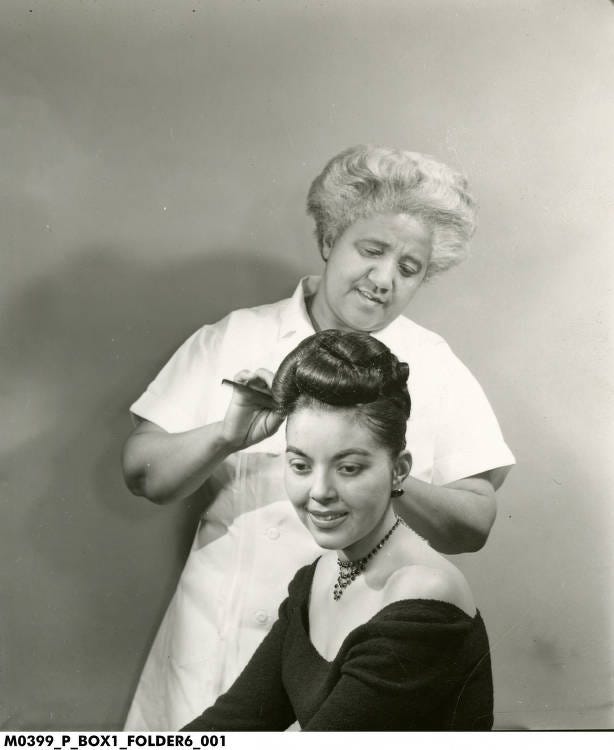Made in History: Marjorie Joyner
Marjorie Joyner : Creating the First Perm Hair Wave Machine with revolutionary "Perm Rods" technique
Marjorie Stewart Joyner was born on a sweet October 24, 1896, in Monterey, Virginia. Her journey took her from the Appalachian foothills to the bustling streets of Chicago, where she carved her name into history through both invention and social reform. Marjorie Joyner recognized the struggles of Black women who sought to straighten and style their hair without enduring hours of heat, discomfort and potential damage. Drawing inspiration from the way pot roast rods curled meat in the oven, she devised a groundbreaking device—the permanent wave machine or as we know it, the Perm!
On November 27, 1928, she secured the patent for this invention, which streamlined the hair-styling process and made it more accessible. Her machine allowed hair to be curled or straightened with sustained heat, revolutionizing the haircare industry at a time when appearance played a pivotal role in societal navigation.
Her invention transformed salons and hairdressing techniques, even with the financial benefits of her work largely absorbed by Madame C.J. Walker’s company. Joyner held the leadership roles as national supervisor for Walker’s beauty schools, in charge of training thousands of stylists across the country. Despite this, the patent for her machine was owned by the Walker Company, a reality many Black inventors faced when working within larger corporate structures during the era.
Her influence extended beyond invention and business. She traveled extensively and was deeply involved in political and social movements co-founding the United Beauty School Owners and Teachers Association of 1945, creating a network that empowered stylists to operate their own businesses rather than rely on white-owned institutions. During this period, she also collabed with the National Council of Negro Women, working closely with well-known figures like Mary McLeod Bethune to advance economic and educational initiatives and also advising first lady Eleanor Roosevelt on the matters affecting Black citizens in America.
She transcended on a calm December 27, 1994, leaving behind a legacy embedded in the culture of beauty, business, and advocacy. Whether addressing students in segregated Southern schools or meeting with policymakers in Washington, D.C., her presence was felt. The economic networks she helped establish had lasting effects on generations of black hairstylists, beauty entrepreneurs, and even political organizers.







